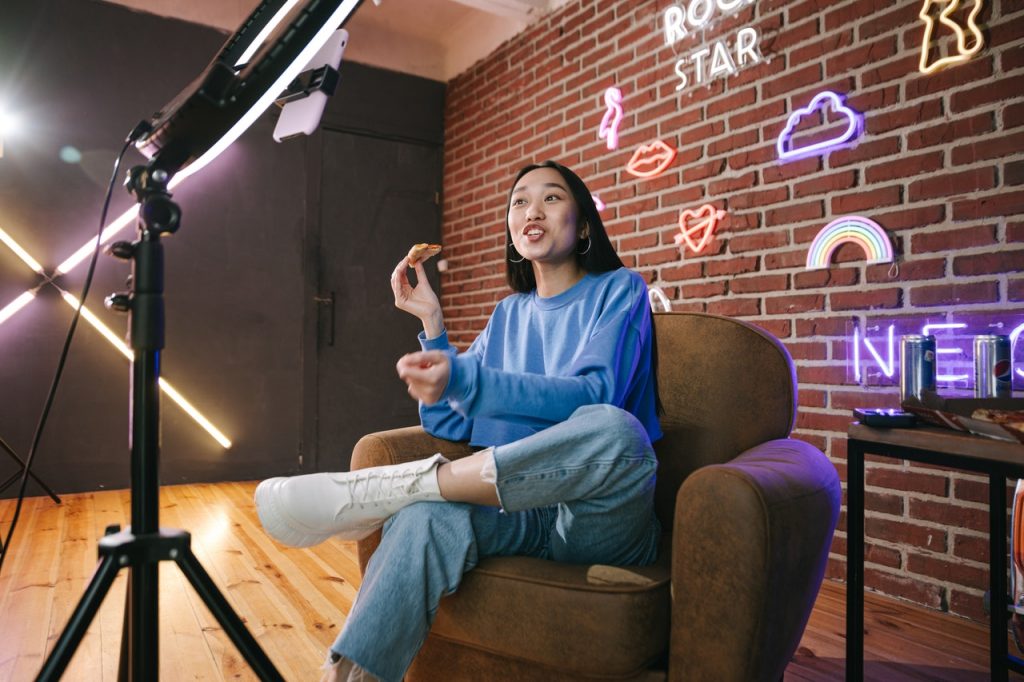
- ARAB NEWS
- 01 Jul 2025

Nader Sammouri
OSAKA: As shorter videos on social media are on the rise, like Instagram Reels and TikToks, casual conversations no longer seem to circulate around the latest news on television, but around the latest trending music, dance, tips and tricks, artists, and modernizers.
Does film (Netflix, Shahid, etc…) and the circulating trend of online videos (Instagram, YouTube, Facebook, TikTok) mirror the cultural norms of society? In which way does this novel form of communication shape local and global realities?
“Online videos have disrupted how we interact with information. One of the major changes,” said Sid Ali El-Mohri, a digital communication consultant based in Algeria, “Is that for the first time, the consumer could be a producer as well. That means that significantly more people have access to digital media production tools, which they can use to seize the attention of society. In that way, I think more people can contribute to the development, growth, and shaping of cultural heritage.”
One would assume that film and online video productions could be a reflection of the society from which they emerge, since they are created out of the collective and private experiences of the people who reside in those specific cultures (the protagonists, whether in a movie or a social media channel). A culture that is generally indirect, like Japan, for instance, may have people producing Instagram Reels or YouTube videos that mirror that indirectness or extra-politeness in communication. On the other hand, one may find an Egyptian You Tuber, for example, communicating using words and phrases that reflect the religious nature of the country.
“I have been working on a short documentary about bookstores in downtown Algiers, portraying their role in society. I am neither an established studio nor a mainstream media production company. I am just a simple person who would like to tell stories through videos. That is an example of the power of online videos in particular, and digital content creation in general. For that matter, it is important to look at digital content creation (and digital communication) as a crucial dimension to inspire social and political transformation,” El-Mohri said.
People also seek the online world of content as a means to escape and flee from their daily routines, with an aim to pursue experiences that are unusual, surprising, and shocking. They, many times unconsciously, cling onto extremes; dark, exciting, edgy, funny, or violent happenings. Thus, videos that circulate the internet may emphasize those immoderations; a hike up Mount Fuji, having a luxurious meal, a superior accomplishment, or a very carefully-curated footage of two lovers wearing similar pajamas. In that way, global culture drifts away from the values in its locality; its authentic state, attempting to grasp the utopian and the ideal.
That means that the evolution of visual media may have led to a devotion to online extravagances and euphoria.
Japanese Anime is a perfect example of a visual communication means that reveals dynamics that aren’t usually exposed in real life. Anime is notorious for getting inside every character’s head and revealing their plans and ways of thinking, which opposes real Japanese culture with its ambiguity that leaves each person guessing what is on the other person’s mind. In addition to that, aside from idealized body features, Japanese animation characters appear to be overly expressive, which clashes with Japan’s rigid social culture.
That might mean that countless types of communication methods complement and balance culture rather than solely mirroring it.
Radio was once the old television. Today, social media video applications are the new television, where the world’s audience lingers. Online videos have been growing as a significant means of communication. Though, people ought to -once every while- stay away from the apparent devotion for euphoria and extravagance, a black and white kind of circumstance. Life is more human in its gray nuances.